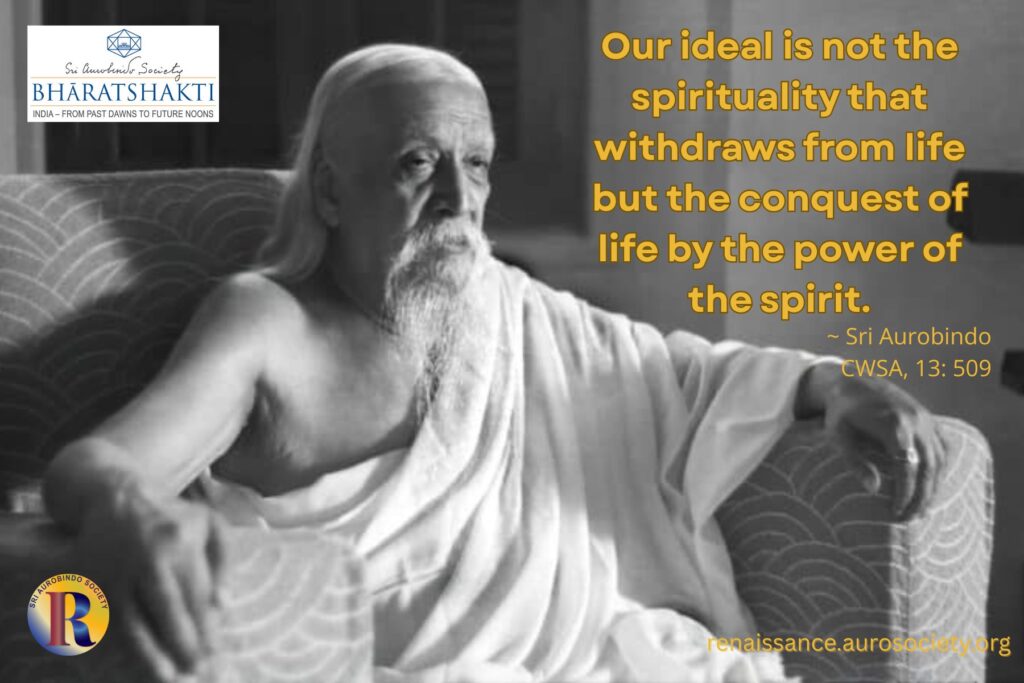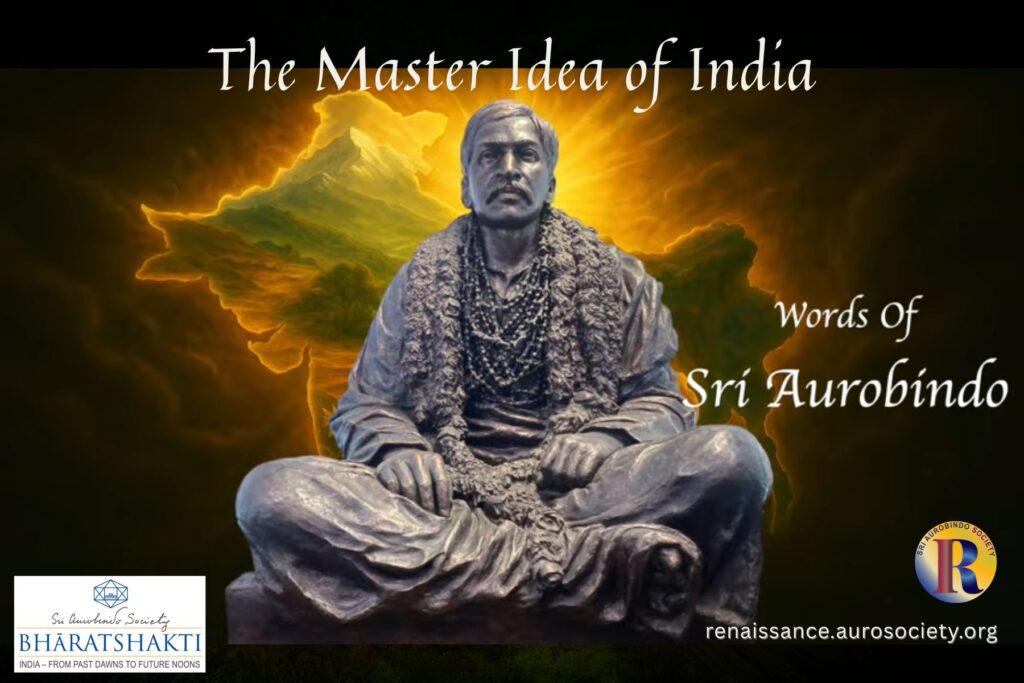Vol. III, Issue 6
Author: Beloo Mehra
In 1949 when the Ashram journal “Bulletin d’Éducation Physique” was started by the Mother, Sri Aurobindo gave a message to the Journal and the Association —J.S.A.S.A. (Jeunesse Sportive de l’Ashram de Sri Aurobindo). In this message, Sri Aurobindo wrote about the wide-ranging significance and necessity of sports, games and physical exercises for the development of both the individual and the nation.
He spoke of sports and games as “fields for the development of habits, capacities and qualities which are greatly needed and of the utmost service to a people in war or in peace, and in its political and social activities, in most indeed of the provinces of a combined human endeavour.” (CWSA, Vol. 13, p. 517)
‘Let the games begin’
For this month’s Insightful Conversation, we talk with the authors of a newly released book titled ‘The Games India Plays: Indian Sports Simplified’. Penned by Amitabh Satyam and Sangeeta Goswami, the book brings on centerstage some of the traditional outdoor games of India which have been played by children and adults in various parts of the country for several centuries, perhaps even thousands of years. From gilli-danda to kho-kho, nondi to vish-amrut, atya-patya to kabbadi, the authors describe 15 games which have been popular under different names throughout the country.
The book reminds us that India’s sports culture is thousands of years old. Countless exciting and fun games have been played by children and adults throughout the various regions of the land. The authors include a few relevant references from texts such as the Mahabharata.
Most of our indigenous games, however, are not popular in urban India today. The authors write that while children in villages and small towns may still play some of these games, “the frequency and coverage are fast dwindling as more Western games are promoted on TV with aspiration value.”
When most urban Indians today think of sports, they think of cricket, hockey, tennis, badminton, squash, golf, football, volleyball, basketball, table tennis, or billiards etc. Indigenous games have been more or less eliminated from the active consideration of Indians. As the authors write in the introductory chapter ‘Let the Games Begin’:
With colonisation, local cultures were decimated substantially, and the games played by the colonisers became the mainstream in most of these countries.
The authors of ‘The Games India Plays‘ want to change some of that. Based on their research of various traditional games still being played in rural India Sangeeta Goswami and Amitabh Satyam have selected 15 traditional Indian outdoor games. These, they feel, must be revived and made popular amongst children of today. They present these games — with appropriate illustrations — in a reader-friendly format for use as a Guidebook for sports administrators and players.
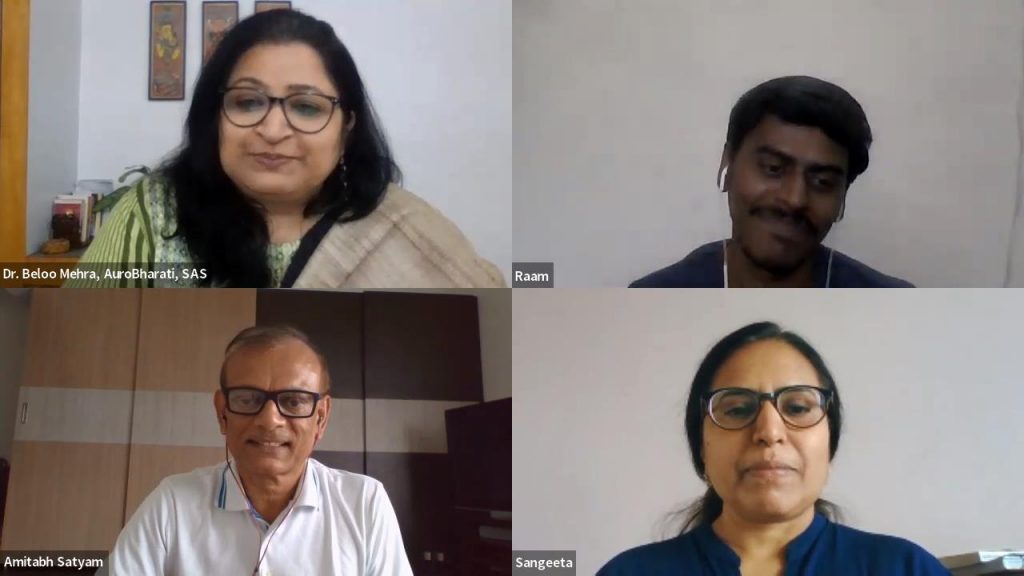
In our delightful conversation, we learn about the authors’ motivation for taking up this research and writing this book. They share with us three main criteria they had in mind when selecting the games. The game should be played outdoors; it must be a team based game; and all the team-players should be actively participating at all the times instead of waiting for their turn.
We also speak about the significance of our traditional games for children’s overall physical, mental, emotional and social development. The authors emphasise the need to revive the traditional games and share some ideas on how to make it happen in the years to come.
Why play?
Part of our conversation also focuses on the various benefits that one derives from playing some of the traditional outdoor games of India. These involve learning to make quick decisions, collaboration, developing physical consciousness and spirit of teamwork, on-the-spot creativity and more. The authors also point to the fact the traditional games and their evolution over time often reflect some of the cultural values of a people.
In his message to the first issue of Bulletin, Sri Aurobindo reminds of the various qualities that are cultivated through sports and games. In addition to the obvious benefits of health, strength and fitness of the body, games and sports help develop:
- discipline
- morale
- sound and strong character
- courage
- energetic action
- initiative or call for skill
- steadiness of will
- rapid decision and action
- perception of what is to be done in an emergency and dexterity in doing it
Regular participation in games and sports also helps in the awakening of the essential and instinctive body consciousness which can see and do what is necessary without any indication from mental thought.
Sri Aurobindo explains that this is equivalent in the body to “swift insight in the mind and spontaneous and rapid decision in the will.”
Sangeeta Goswami, one of the authors of ‘The Games India Plays‘, has a background in psychology and two decades of experience as an educator. During our conversation she also emphasises this point when speaking of the benefits of some of our traditional games.
And there is also the sporting spirit which includes:
- good humour and tolerance and consideration for all
- a right attitude and friendliness to competitors and rivals
- self-control and scrupulous observance of the laws of the game
- fair play and avoidance of the use of foul means
- an equal acceptance of victory or defeat without bad humour
- resentment or ill-will towards successful competitors
- loyal acceptance of the decisions of the appointed judge, umpire or referee
Sri Aurobindo emphasises the importance and necessity of these qualities in our national life.
These qualities have their value for life in general and not only for sport, but the help that sport can give to their development is direct and invaluable. If they could be made more common not only in the life of the individual but in the national life and in the international where at the present day the opposite tendencies have become too rampant, existence in this troubled world of ours would be smoother and might open to a greater chance of concord and amity of which it stands very much in need.
~ CWSA, Vol. 13, p. 519
More important still is the custom of discipline, obedience, order, habit of team-work, which certain games necessitate. For without them success is uncertain or impossible. Innumerable are the activities in life, especially in national life, in which leadership and obedience to leadership in combined action are necessary for success, victory in combat or fulfilment of a purpose.
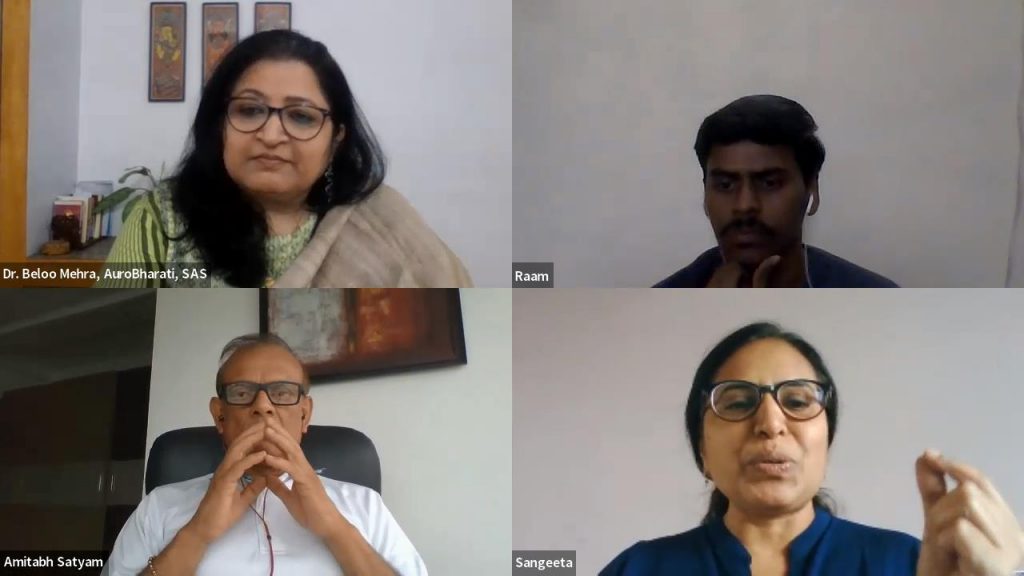
From our archives:
Physical Education in Ancient India
Make Indian Games Cool Again!
Reading the book ‘The Games India Plays‘, one is reminded of the long history or physical education in India. In his edited volume, ‘Mystery and Excellence of the Human Body,’ Kireet Joshi writes about it:
During the Vedic and the Upanishadic periods, and even later, there was an emphasis on the pursuit of an integral aim of life, which determined the discipline of integral education. Both the material and spiritual poles of the being had their place in this system.
The ancient Sanskrit adage “Shariram adyam khalu dharma sadhanam ” (a sound body is the veritable instrument of the pursuit of the ideal law of life) underlined the importance of physical education. And indeed it occupied an important place in the educational curriculum.

The book ‘The Games India Plays‘ is a practitioner’s handbook of engaging sports that were once popular in India.
One of the things that stands out in our conversation with Sangeeta Goswami and Amitabh Satyam is their passion and love for all things Indian.
This is their main motivation for writing this book. And this is perhaps also why they have organised the book in a way which justifies the sub-title ‘Indian Sports Simplified.’ The book makes it easy for interested individuals and organisations to develop the necessary ecosystem to revive and popularise our traditional games.
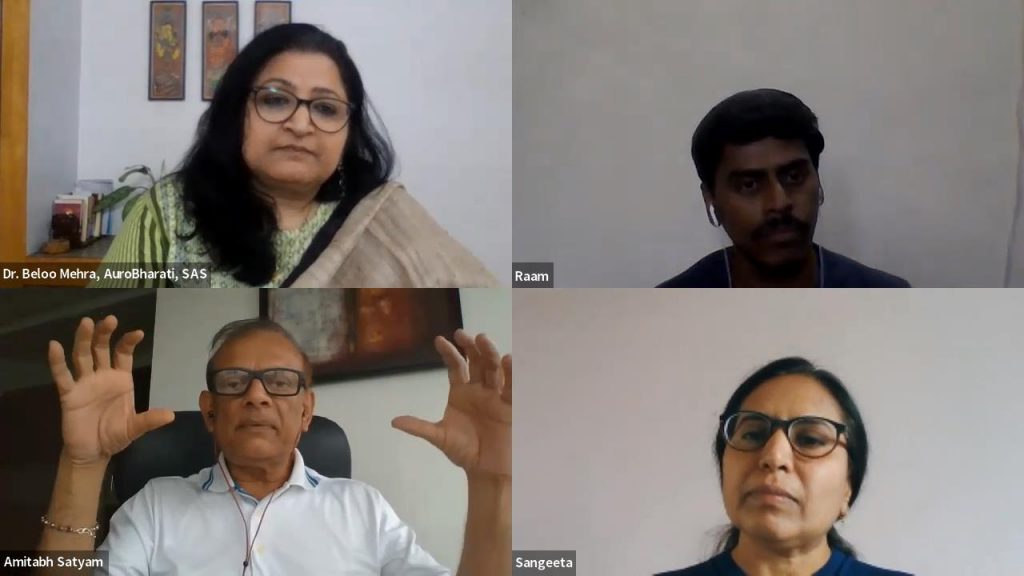
With very little to no investment needed to play most of our traditional Indian games, it also makes good economic sense to popularise these games.
The first requirement is to present them as ‘cool’ alternatives to the youth of India. The authors tell us that they are also exploring ways to collaborate with individuals and organisations who share such aspiration.
The book is available for purchase HERE.
Watch the full conversation:
About the authors:
Amitabh Satyam is a sports enthusiast and represented his college in gymnastics and athletics. A graduate of IIT Kanpur with an MBA from Fisher College of Business, USA, he has held leadership roles at SAP, IBM, MobiApps, and Reliance Infocomm. He grew up playing Indian games in his village and brings this experience to this book. He plays squash and golf today.
Sangeeta Goswami is the founder of SriLife Global Foundation. With degrees in mathematics and education, she has been a teacher for two decades. She also has a Master in psychology. Her research interests include the impact of addiction of social media on individual performance, group dynamics of adolescents, and the correlation of life success with sports. A passionate advocate of Integral Education, she also works with schools trying to bring an Integral approach to education.
Catch more Insightful Conversations HERE.
~ Design: Beloo Mehra

